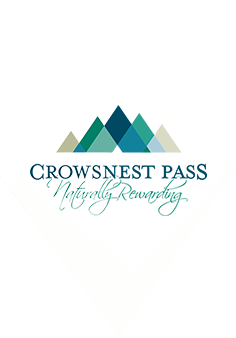Home Builder Registration Requirements
There are new provincial requirements for residential builders in Alberta: All residential builders are required to have a builder license. The Municipality must confirm that builders of new homes are licensed before we can issue Building Permits. More information on Builder Licensing and New Home Warranty requirements can be found online at the following links.
New Home Warranty and Builder Licensing Requirements
